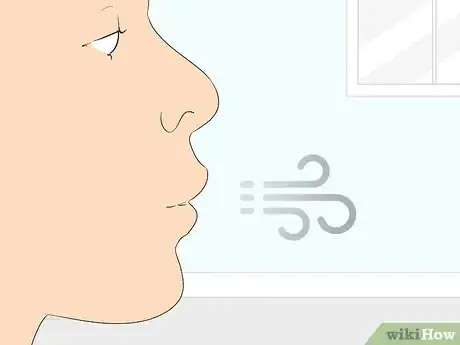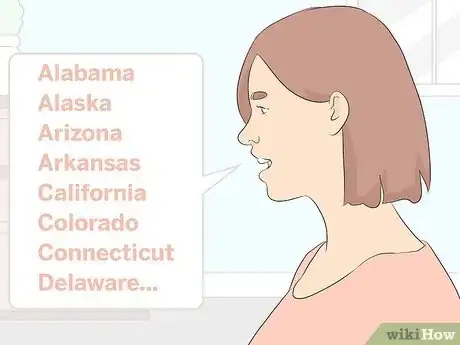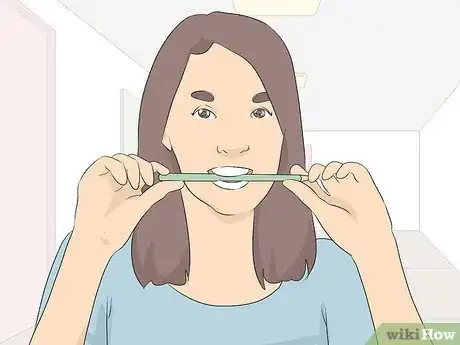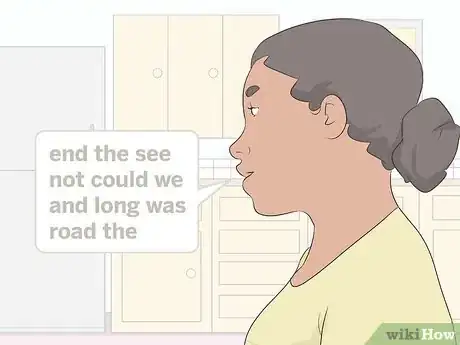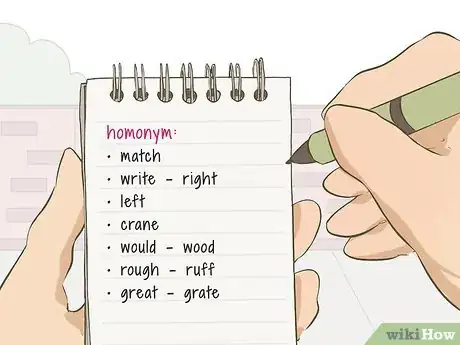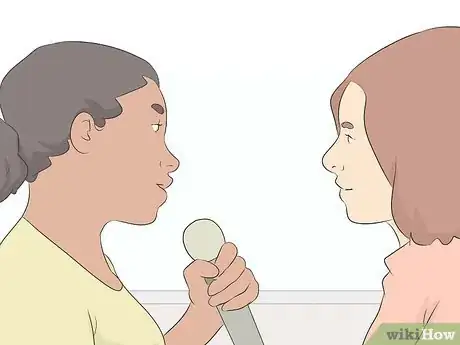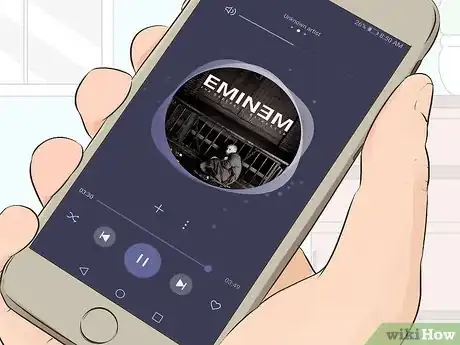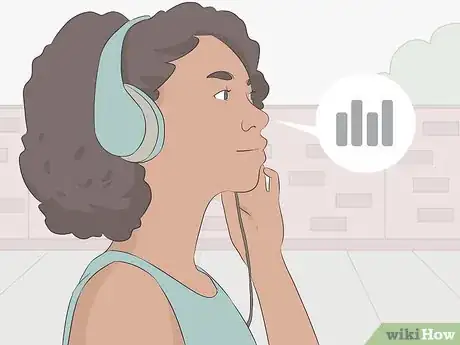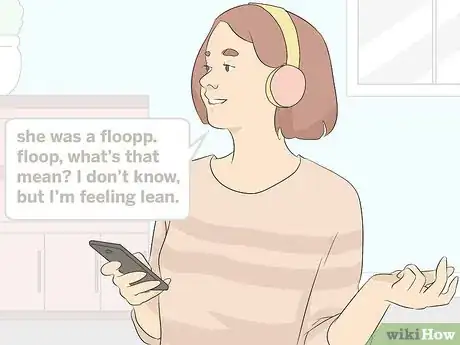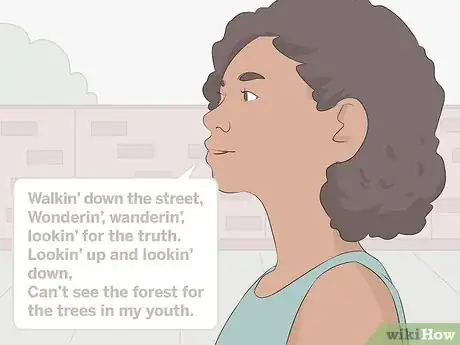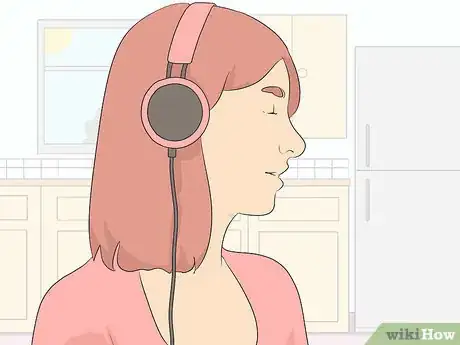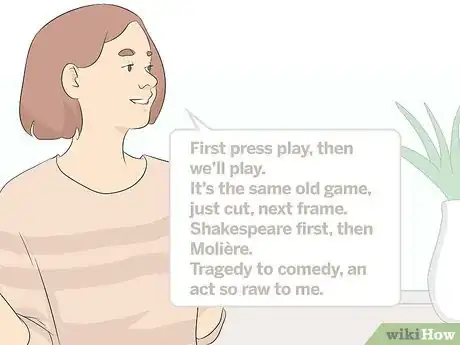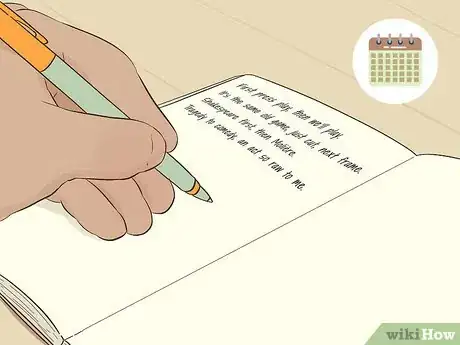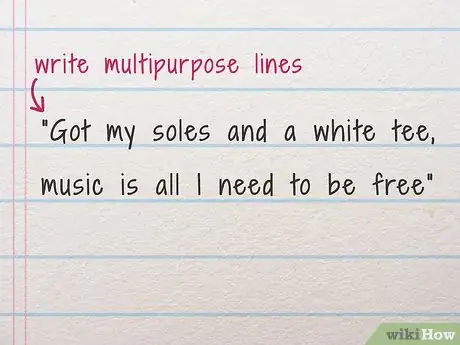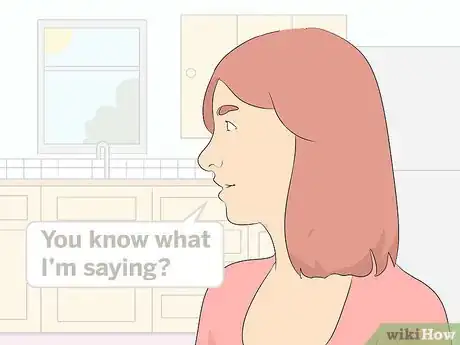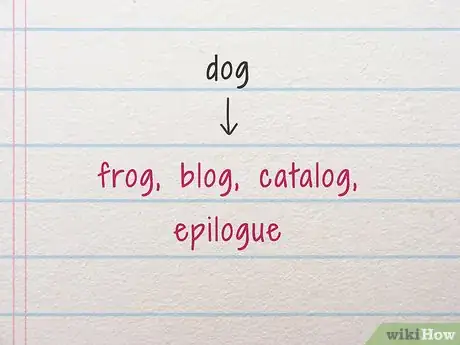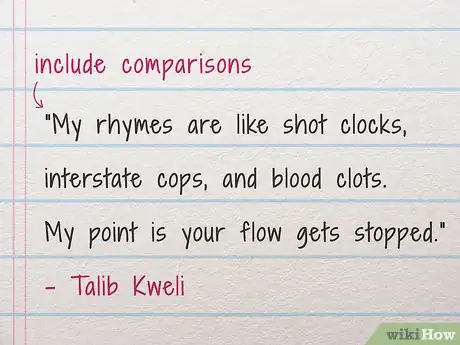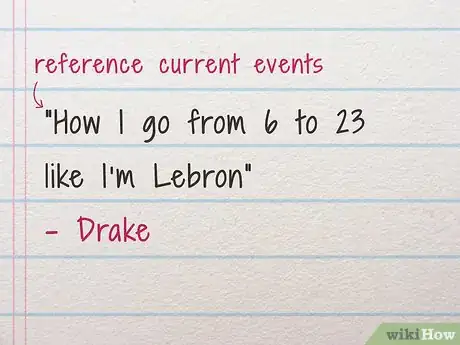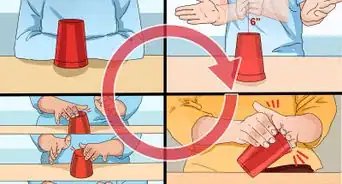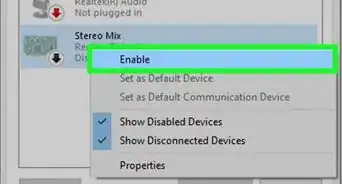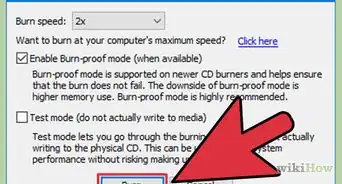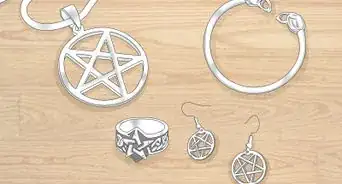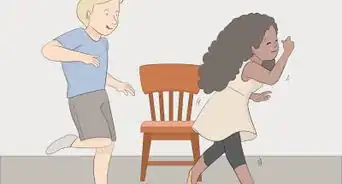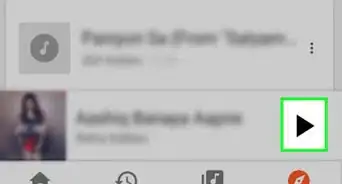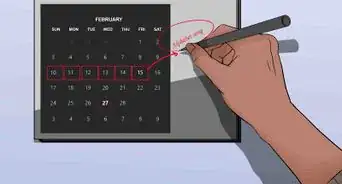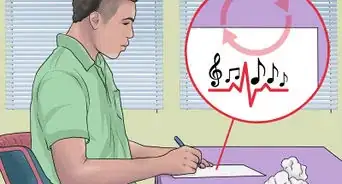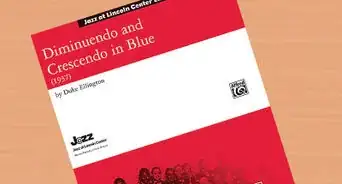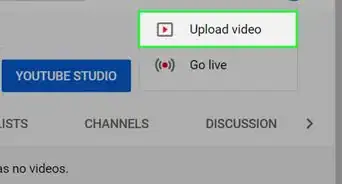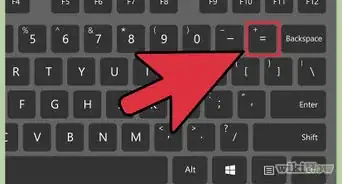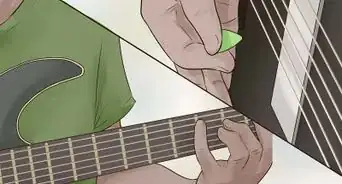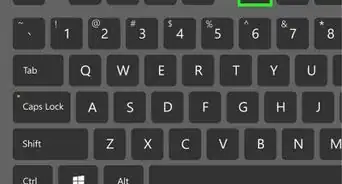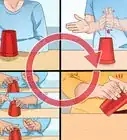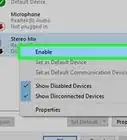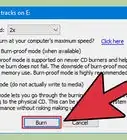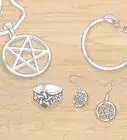This article was co-authored by wikiHow Staff. Our trained team of editors and researchers validate articles for accuracy and comprehensiveness. wikiHow's Content Management Team carefully monitors the work from our editorial staff to ensure that each article is backed by trusted research and meets our high quality standards.
There are 11 references cited in this article, which can be found at the bottom of the page.
wikiHow marks an article as reader-approved once it receives enough positive feedback. In this case, 93% of readers who voted found the article helpful, earning it our reader-approved status.
This article has been viewed 45,661 times.
Learn more...
Rapping successfully requires vocal speed and fast thinking. That makes it a music form that is easy to learn but hard to master. Most rappers spend plenty of time on practice exercises, such as by focusing on reading quickly and speaking more clearly. Getting into a good flow is also important, so rap with a beat. As your rapping improves, spend time writing to come up with some unforgettable lyrics. With frequent practice, you can become a skilled rapper.
Steps
Completing Practice Exercises
-
1Breathe deeply while standing up straight to get more air. Many singers use deep-breathing techniques to improve their singing and it’s no different in rapping. Breathe using your belly, inhaling as much air as you can. When you exhale, open your mouth up wide and push air out by pulling in your stomach.[1]
- When you’re rapping, open your mouth up wide as you exhale. It will help make your words much clearer than usual.
- Good breathing techniques are important for rapping with speed and strength. Think of your body as a balloon that can release controlled bursts of air when you need to rap fast.
-
2Practice reciting a long list of words to improve your breathing. Use a list of words like the 50 U.S. states. Take in a deep breath, then read as much as you can out loud. You may not get through all of them, but keep trying. It will help you find ways to improve your breathing technique so you go further.[2]
- Remember to speak clearly as well during the exercise. Speed doesn’t do you much good if no one can hear you.
- Make sure you breathe from your stomach instead of your chest.
Advertisement -
3Bite down on a pen to improve your pronunciation as you rap. Hold a pen horizontally and set it underneath your tongue. Choose some lyrics or any piece of text you have lying around and start reading it. Try to read it as fast as you can. If you practice this for at least 5 minutes every day, you can rap faster and more clearly.
- The exercise will probably make your tongue ache at first. That is normal and a sign that you’re doing everything correctly.
-
4Read backwards to improve your rapping speed. Use your lyrics or another piece of text. Starting from the end, read each word out loud. Going backwards is harder than you would expect, so it forces you to slow down and focus on each word. You will end up reciting each word more clearly while also gaining speed.
- Vary up the exercise with different reading material. You could practice with lyrics from your favorite rapper, for instance.
-
5Insert a sound between every word you read to articulate better. Choose a sound like “a” or the word “wow.” Then, read something out loud. The exercise forces you to shift your mouth into a different position after each word. It eventually causes you to speed more clearly as you gain speed.
- For example, read, “The wow quick wow brown wow fox wow…”
- Start out slow at first to get used to the mouth movement required to finish the exercise. Speed up as your muscles get more used to it.
-
6Keep a homonym journal to find new rhymes. Homonyms are words that sound alike or are spelled similarly (or even the same) but don't mean the same thing. Keep a small journal with you wherever you go. Write down homonyms that you could use in a rhyme. When you get home, incorporate the words or phrases into lyrics.[3]
- The word "match" is a homonym as it can be either a matchstick for starting a fire, a sports event (like a soccer match), or even a pair of similar items. "Write" and "right" are also homonyms.
- For instance, MF Doom said, “Got more soul than a sock with a hole.” You might have written down soul or sole and hole, then turned it into that line.
- Your rhymes may not seem great at first, but keep trying. Writing down more words gives you more to work with. Eventually, you will come up with a good line.
-
7Take turns rapping with other people. Form a rap group, called a cipher, and pass the mic back and forth. While other people are rapping, plan out your next lyrics. Try responding with the same rhythm and ideas the other rappers come up with. Rap until you’re out of lyrics, then pass the mic to the next person.[4]
- A good beat helps a lot in keeping up the pace, but you don’t have to use one.
- You could also start a new rap using what any random person says. It’s good practice since it forces you to come up with verses for ideas you wouldn’t normally think of.
Improving Your Flow
-
1Pick familiar beats and songs to practice rapping over. Start off with songs you know very well. The best ones to use have loud, easily-identifiable beats. Look for a song that moves at a medium pace so you aren’t stuck rushing or slowing down your words to stay on beat. The lyrics don’t matter, so getting beats without lyrics is better for practicing your own raps.
- Consider picking sections from songs you really enjoy and then style over them. See what lyrics you can come up with. Don’t worry about the sound quality.
- You could also download a phone app like AutoRap to get a selection of beats to work with.
-
2Listen to the beat of a song to count the bars. Every song has a particular format to it. Most songs have 4 beats per bar and 16 bars per verse. If you’re able to identify a song’s beat, improve your skills by rapping with it. Listen to the lower instruments, such as the drums, and tap your foot along to the beat.
- To learn how to count, turn up the volume so you’re able to hear the bass and drums. Those instruments often carry the beat.
- When you’re starting out, rap with the beat to improve your flow. Experienced rappers sometimes break the beat to emphasize their lyrics, but you need to be able to rap with the beat first to do it.
-
3Start out with some simple lyrics to get into the flow. Your lyrics don’t have to be anything special right away. Getting in touch with the music’s beat is far more important, so rap along with it as well as possible. Try to string together sentences in a way that makes sense while staying on beat. You don’t even need to rhyme.[5]
- For example, say something like, “I like money, I’m no dummy, you’re a bunny.” These lyrics aren’t very impressive, but they don’t have to be yet.
-
4Work around mistakes without stopping. Part of flow in rap is recognizing your mistakes but not letting them trip you up. If you can’t think of a rhyme, stutter, or don’t make any sense, keep going. Tap into your flow instead of worrying about inventing the perfect lyrics. Focus on following along with the beat.[6]
- Mistakes are inevitable while you’re rapping, especially when you’re starting out. Roll with it as best you can!
- For instance, if you say the word “floop,” your next line could be, “floop, what’s that mean? I don’t know, but I’m feeling lean.”
-
5Rap about things around you to improve at freestyling. Glance at what is around you, pick something you see, then start coming up with lyrics. You do not need to have an audible beat going. Try to create lyrics off the top of your head. This will help you think faster and maintain your flow even when you think you’re running out of things to say.
- For example, rap about the bar of soap when you’re taking a morning shower. Don’t think too hard about what you’re doing. Try to put together some lines about a bar of soap.
- This technique is very useful in rap battles. In a battle, you look at your opponent and come up with a diss off the top of your head.
-
6Listen to the styles of rap you wish to emulate. If you have a favorite rapper, listen to their work over and over again. Get familiar with the beats they use and how they add lyrics on top of the music. Rap is an art form, so figure out why you like what you like. Ask yourself what the rapper does right and what they could do better, then incorporate what you learn into your rapping style.[7]
- After studying your favorites, expand your horizons. Expose yourself to all sorts of different music. Even the rappers you don’t like can have a lot to teach you.
- Consider getting acquainted with other art forms, too. Books, for instance, might give you insight on writing comparisons or a song that tells a complete story.
-
7Start a new rap whenever you have time. Practice as often as possible to improve your skills. Instead of spending 5 minutes rapping when you get home, do it throughout the day. Listen to what people say, for instance, or pick out something interesting in your environment. Recite new lyrics right on the spot.[8]
- Keep rapping until you’re able to turn any subject into verses. The lyrics don’t have to be great at first, and you will most likely notice yourself improving over time.
Writing Better Lyrics
-
1Set aside time to write new lyrics every day. You can’t write a good song if you’re not willing to devote any time to it. Sit down with a pen and paper for about 30 minutes a day. Write down any interesting lines you can think of. If you don’t come up with an entire song, that is fine.[9]
- Let your mind go! Write down anything that comes to mind. Don’t do any editing until you’re done writing for the day.
- You do not need to come up with a complete song. In fact, you’re better off coming up with a few good lines and freestyling the rest so your rapping doesn’t sound too rehearsed.
-
2Write some multipurpose lines to use when you get stuck. Have some tricks up your sleeve for when you run out of ideas while freestyling. If you are able to write these lines in advance, memorize them for later. The lines don’t have to be long or complicated, and you’re better off coming up with ones that are good but not spectacular. Lines that are too complex sound rehearsed instead of part of your natural flow.
- For example, you might write something like, “Got my soles and a white tee, music is all I need to be free.”
- Stay away from lyrics that don’t make much sense. For instance, don’t say “Rolls Royce got me feeling like King Tut.” It doesn’t flow well, but it also links a car brand to a time way before cars existed.
-
3Invent some filler phrases to use when you draw a blank. Throw in a quick filler phrase to help you transition to a new line. A lot of popular rappers have a couple of lyrics they rely on to fill in gaps during their songs. Filler lines need to be simple and easy for the audience to overlook so they don’t notice you preparing for the next lyric. When this is done correctly, a filler line can buy you a little extra time.[10]
- For example, some well-known filler phrases are “I grab the microphone” and “You know what I’m saying?”
- A filler isn’t meant to add anything to your lyrics. Good filler lines appeal to the crowd to distract from awkward transitions or stutters.
-
4Come up with rhymes ahead of time to maintain your flow. Once you recognize how you’re ending a sentence, immediately think of words that rhyme. Start by doing it on paper during a writing session. Once you’re used to thinking on your toes, you can also do this while you’re rapping. Practice coming up with rapid rhymes for various words so you never get stuck.
- For instance, if you’re ending a line with “dog,” think of words like “frog, blog, catalog, and epilogue.”
- Rhyming is difficult at first when you’re trying to think ahead while at the same time writing or rapping. It gets easier with practice.
-
5Include comparisons to write lyrics that are funnier and more clever. Similes and metaphors are ways to link different things, often with the words “like” or “as”. To write a good comparison, you need an interesting frame of reference. That reference could be a story you read, a product you like, a famous person, or anything else that inspires you. Then, compare that reference to something else, such as Eminem’s line, “I’m beginning to feel like a rap god.”[11]
- Talib Kweli once said, “My rhymes are like shot clocks, interstate cops, and blood clots. My point is your flow gets stopped.”
- Big Boi said, “I’m cooler than a polar bear’s toenails.”
-
6Reference current events if they are important to the audience. The current event has to be something your audience will recognize. If you’re writing for a particular audience, stop and think about what matters to them. Generally, the news is rich with references you can borrow, so stay hip with what is going on in the world. You can get mileage out of anything from celebrity news to politics.[12]
- Drake said, “How I go from 6 to 23 like I’m Lebron.”
- For the best result, the reference has to make sense in the context of the song.
References
- ↑ https://partners.vice.com/lululemon/thisisyoga/news/inside-the-mcs-secret-skill-breath-control/
- ↑ https://medium.com/@maxdeutsch/with-only-30-days-of-practice-can-i-continuously-freestyle-rap-for-three-minutes-2c25aa4747d1
- ↑ http://tbajournal.com/?p=2102
- ↑ https://gdscypher.weebly.com/about-cyphers.html
- ↑ https://medium.com/@maxdeutsch/with-only-30-days-of-practice-can-i-continuously-freestyle-rap-for-three-minutes-2c25aa4747d1
- ↑ https://nypost.com/2017/08/17/it-takes-18-months-of-practice-to-rap-like-kendrick-lamar/
- ↑ https://nypost.com/2017/08/17/it-takes-18-months-of-practice-to-rap-like-kendrick-lamar/
- ↑ https://www.powerpoetry.org/actions/how-write-rap-song-7-tips-writing-rap
- ↑ https://www.thasoundsystem.com/write-raps/
- ↑ https://www.musicindustryhowto.com/how-to-write-better-rap-lyrics-5-big-tips/
- ↑ https://www.rappad.co/blog/3-simple-ways-to-improve-your-rap-lyrics
- ↑ https://www.musicindustryhowto.com/how-to-write-better-rap-lyrics-5-big-tips/
- ↑ https://www.youtube.com/watch?v=3E0KUqZVj9A&feature=youtu.be&t=28
- ↑ https://www.musicindustryhowto.com/how-to-rap-better-in-5-steps/
